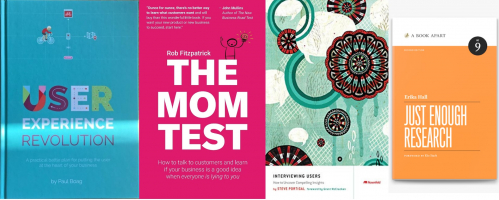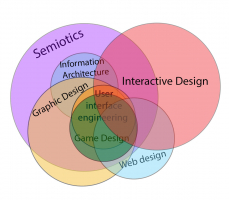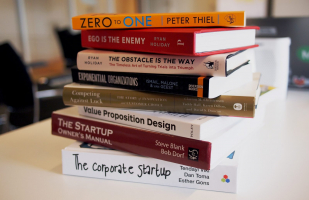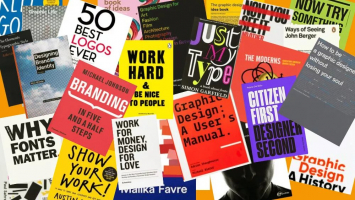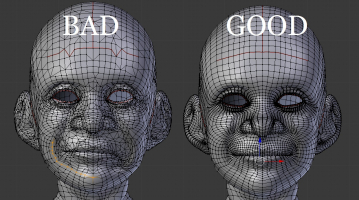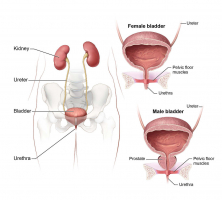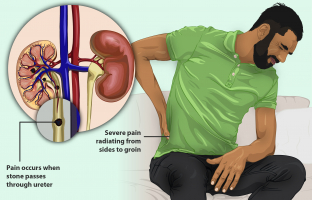Top 10 Best Books On User Experience Design
The discipline of developing a functional and usable Web site or application, one that is easy to navigate and fits the needs of both the site owner and its ... read more...users, is known as user experience design. But great UX design requires more than knowledge of the newest Web technology or design trends: it requires diplomacy, project management skills, and commercial sense. With this blend of classics and cutting-edge thinking pieces, your book library will be complete. Each book has a thought-provoking takeaway that conveys knowledge relevant to the age in which we design. Here are the 10 best books on user experience design.
-
As one of the best books on user experience design, Donald Norman's best-selling book The Design of Everyday Things discusses how design serves as a conduit of communication between object and user, and how to optimize that conduit of communication to make the experience of using the thing joyful. One of the book's key principles is that, while people are quick to blame themselves when products appear to malfunction, it is not the user's fault, but rather a lack of intuitive guidance that should be there in the design.
The book first appeared in 1988 under the title The Psychology of Everyday Things. Norman stated that while his academic peers enjoyed the previous title, he considered the new title better expressed the book's content and drew more interested readers. The Design of Everyday Things: Revised and Expanded Edition, a substantial update to the book, was published in 2013.
Norman outlines design principles and uses case studies to discuss the psychology behind what he considers excellent and bad design. The book covers a variety of topics, including behavioral psychology, ergonomics, and design practice.
Norman established the term affordance as it applied to design in the book, drawing on James J. Gibson's concept of ecological psychology. He also popularized the term "user-centered design," which he had previously used in his 1986 book User-Centered System Design. He coined the word to define user-centered design, excluding what he considered secondary factors such as aesthetics. Simplifying task structure, making things visible, getting the mapping right, utilizing the powers of constraint, designing for error, explaining affordances, and seven stages of action are all part of user-centered design. He went to considerable measures to define and explain these phrases in-depth, providing examples of following and defying counsel and highlighting the repercussions.
The Psychopathology of Everyday Things, The Psychology of Everyday Actions, Knowledge in the Head and in the World, Knowing What to Do, To Err Is Human, Human-Centered Design, and The Design Challenge are among the other subjects covered in the book.
Author: Don Norman
Link to buy: https://www.amazon.com/Design-Everyday-Things-Revised-Expanded/dp/0465050654
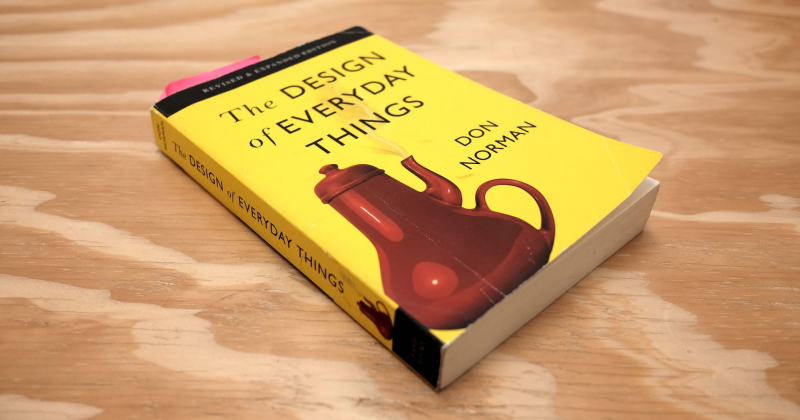
Photo: johannesippen.com 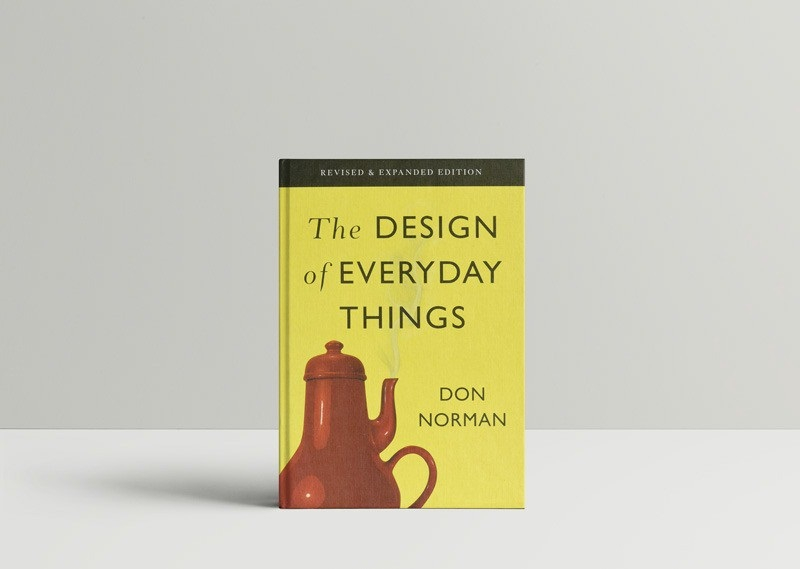
Photo: andyngj.medium.com -
Why do some products gain widespread popularity while others fail? What drives us to buy certain things out of habit? Is there a pattern to how technologies entice us? Nir Eyal answers these (and many more) problems by describing the Hook Model, a four-step process incorporated in the products of many successful businesses to discreetly encourage customer behavior. These products achieve their ultimate goal of attracting consumers back again and again without relying on pricey advertising or forceful messaging.
Hooked: How to Build Habit-Forming Products by Nir Eyal presents an outline of a paradigm for developing habit-forming products. Products that individuals use on a regular basis take up a default space in their minds. These items become a part of the activities that people engage in when their minds are on autopilot. Those who have read Daniel Kahneman's Thinking, Fast and Slow know that this is the mental state in which we spend the majority of our waking hours. Walking, breathing, driving, typing, and other regular actions are not actively considered. We are more susceptible to habit when we are on autopilot.
Hooked is the culmination of Eyal's years of research, consultancy, and hands-on experience. He wrote the book he wished he had as a startup founder: a how-to guide for producing better products, not abstract theory. Hooked is intended for product managers, designers, marketers, start-up founders, and anybody interested in learning how things influence our behavior.
Eyal gives readers practical insights on how to develop user habits that stick, actionable strategies for building products that people enjoy, and fascinating examples ranging from the iPhone to Twitter, Pinterest to the Bible App, and many other habit-forming products.
Author: Nir Eyal
Link to buy: https://www.amazon.com/Hooked-How-Build-Habit-Forming-Products/dp/1591847788
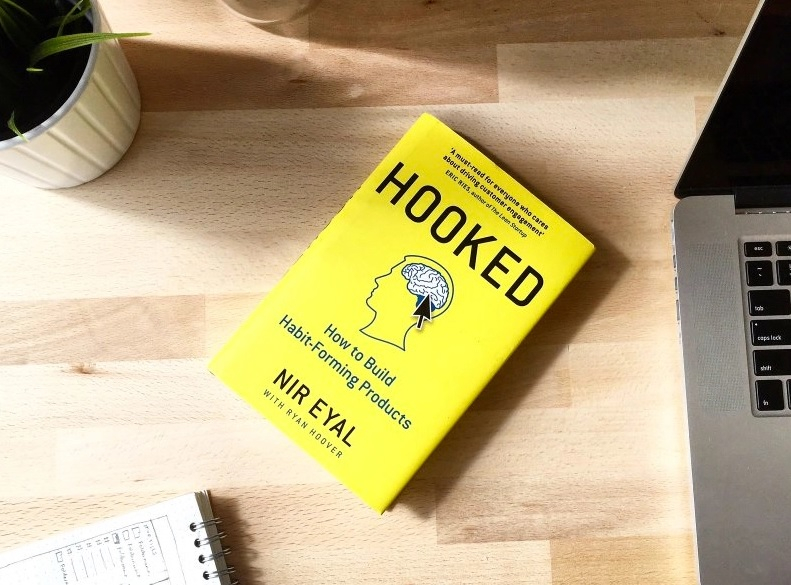
Photo: dribbble.com Video: Rick Kettner -
Don't Make Me Think, initially published in 2000, has been relied on by hundreds of thousands of Web designers and developers to help them learn the fundamentals of easy navigation and information design. It's one of the best-loved and most recommended books on the subject, and it's witty, commonsensical, and extremely practical.
Now, with updated examples and a new chapter on mobile usability, Steve returns with a fresh perspective to reassess the concepts that made Don't Make Me Think a classic. And it's still short, well-illustrated, and, most importantly, enjoyable to read.
If you've already read it, you'll discover why Don't Make Me Think is so important to Web designers and developers all over the world. If you haven't read it, you'll understand why so many people believe it should be essential reading for anyone who works on websites.
As one of the best books on user experience design, the main theme of this book is that usability puts the visitor first and foremost, making it as simple as possible to access information on a website. You can verify that your website provides an excellent user experience by running simple tests at each step of development.
Author: Steve Krug
Link to buy: https://www.amazon.com/Dont-Make-Think-Revisited-Usability/dp/0321965515
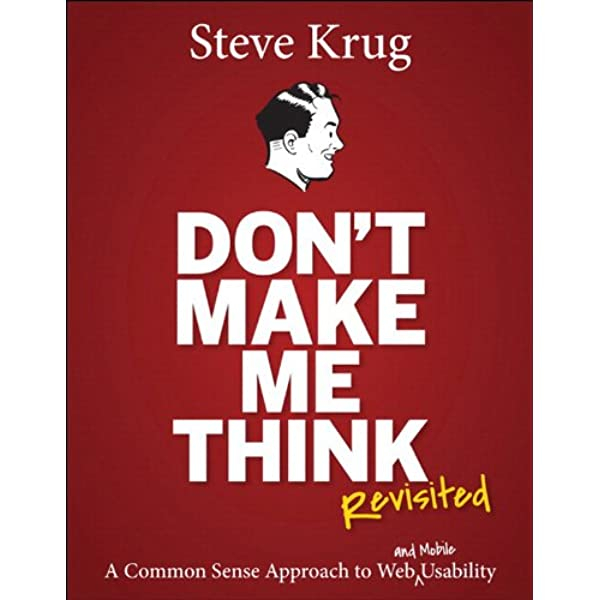
Photo: amazon.com Video: Jesse Showalter -
Susan Weinschenk holds a Ph.D. in Psychology and has worked as a behavioral psychologist for over 30 years. She employs neuroscience to predict, comprehend, and explain what motivates individuals and how to persuade them to behave.
Your audience is made up of the people who will benefit from your design, whether it's a website, a medical gadget, or something in between. And what you know or don't know about your audience has a significant impact on their whole experience. You create in order to provoke responses from people. They want people to buy something, read more, or take some form of action. Designing without understanding what motivates people to behave in certain ways is akin to exploring a new city without a map: the results would be chaotic, confusing, and inefficient. As one of the best books on user experience design, 100 Things Every Designer Needs to Know About People combines real science and research with practical examples to provide a comprehensive reference for every designer. It will allow you to create more intuitive and engaging work for print, online, applications, and products that correspond to how people think, work and play.
Learn how to improve the efficacy, conversion rates, and usability of your own design projects by answering questions like, "What captures and holds attention on a website or screen?" What causes memories to stick? Is peripheral vision more important than central vision? How can you foresee what kinds of mistakes someone will make? What is the outer limit of a person's social circle? How do you persuade individuals to take the next step? , What is the ideal line length for text? And are some fonts superior to others?
Author: Susan Weinschenk
Link to buy: https://www.amazon.com/Things-Designer-People-Voices-Matter/dp/0321767535
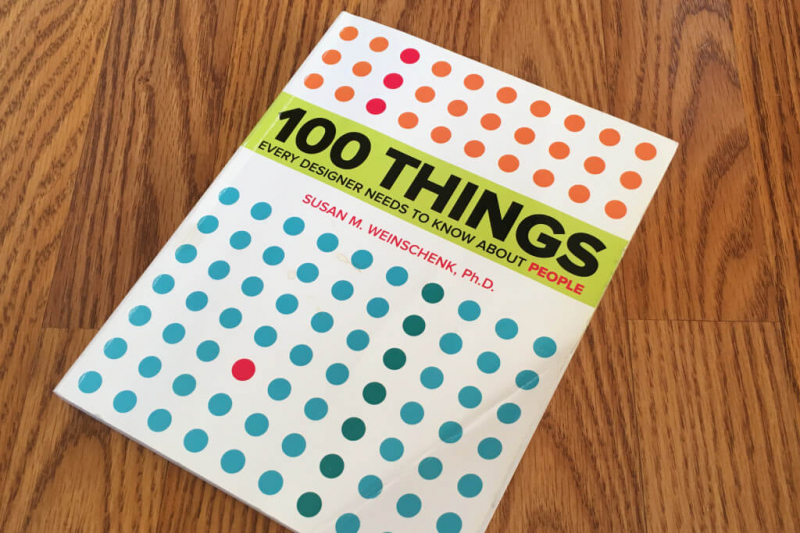
Photo: dailydesignnews.com Video: Cristina Ion -
Leah works for Intuit as a design strategist, where she focuses on the future of business and personal finance. She speaks and writes about how to expand the impact of UX within enterprises. Her work covers multiple industries, including media, mobile, finance, education, and non-profit. Leah worked as an experience designer for Adaptive Path, a pioneering UX company, before joining Intuit. Her work at Adaptive Path was centered on collaborative UX design methodologies. Prior to joining Adaptive Path, Leah worked on a one-person user experience team in a few companies, including Barclays Global Investors, where she advocated for firm-wide education and adoption of user experience design methods. Leah graduated from Barnard College with a bachelor's degree in American studies and a master's degree in library and information science.
Due to the demands of modern products and Web development, projects are frequently understaffed. When you're the understaffed designer, your success is knowing when to cut corners and when to go all-in. This well-written book explains what works and what wastes time. The User Experience Team of One: A Research and Design Survival Guide will assist you in becoming that well-tempered UX team that can be terrific while doing the impossible (said by Alan Cooper, co-founder of Cooper Design and author of The Inmates Are Running the Asylum).
You can open my eyes to a more effective approach to UX design after reading this book. Her light, practical, and collaborative approach helps to shape a better user experience while engaging and educating non-UX colleagues -Boagworld Web Design Podcast Host Paul Boag.
Author: Leah Buley
Link to buy: https://www.amazon.com/User-Experience-Team-One-Research/dp/1933820187
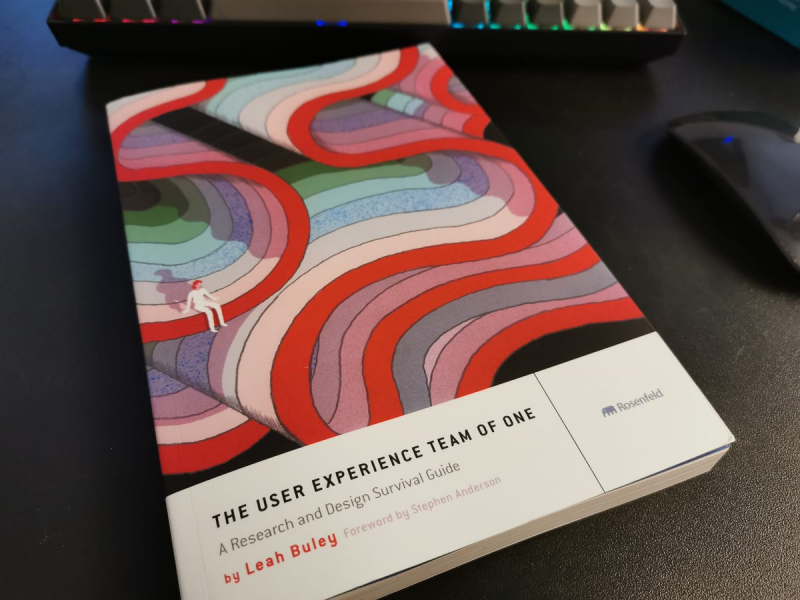
Photo: mobile.twitter.com Video: Soyeon Lee -
Rocket Surgery Made Easy: The Do-It-Yourself Guide to Finding and Fixing Usability Problems by Steve Krug is essentially a companion book to his first, extremely successful book on usability, "Don't Make Me Think." The previous book was all about design, but this new book is all about testing.
The book is divided into two sections. The first section is titled "Finding Usability Issues." It's all about the usability test: how to organize one, recruit testers, and finally do one. The second section, "Fixing Usability Issues," discusses debriefing after the test and what your next steps should be, that is what you should do with the knowledge you've gathered. Krug briefly discusses remote testing at the end of the book and provides a reading list.
One of the book's best features is the extensive resources provided by the author for conducting usability studies. There is, for example, a full script to follow with your test participants, a script to follow with the observers, a brief form for each of them to fill out, and a checklist to go through before and after the test.
In this new book, Steve teaches how to test any design, from a napkin sketch to a fully functional website or application, how to retain your focus on uncovering the most significant problems, and how to address the problems you find using his "The least you can do" method.
Rocket Surgery reduces the process of testing and resolving goods to its essentials, allowing teams to test early and frequently, discovering problems while they are still simple to fix. Rocket Surgery Made Easy expands on the tried-and-true formula of plain writing, before-and-after examples, funny visuals, and practical counsel that made Don't Make Me Think so successful.
Author: Steve Krug
Link to buy: https://www.amazon.com/Rocket-Surgery-Made-Easy-Yourself/dp/0321657292
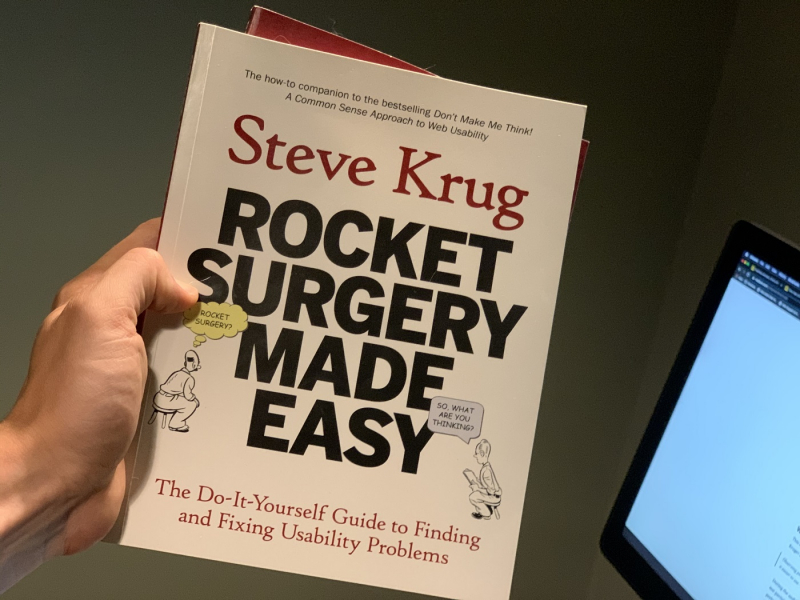
Photo: medium.com Video: Steve Krug -
William Lidwell is the Chief R&D Officer of Avenues: The World School, where he supervises teams tasked with performing educational and learning sciences research, developing new educational curricula, programs, and technology, and designing new campuses throughout the world. Kritina Holden is a Leidos Human Factors Technical Fellow at NASA Johnson Space Center. She has more than thirty years of experience in Human Factors, with a focus on the human-computer interface (HCI), human-centered design, and usability. Jill Butler is the president and creator of Stuff Creators Design, an interaction design firm. She has nearly twenty years of expertise in graphic design, information design, typeface design, teaching, and consulting.
Universal Principles of Design, Revised and Updated is a comprehensive, cross-disciplinary encyclopedia that covers 125 laws, standards, human biases, and general design issues. It is richly detailed and simple to explore, and it mixes concise explanations of each design concept with graphic illustrations of the ideas in action. Every important design principle, from the 80/20 Rule to the Weakest Link, is defined and demonstrated.
Whether it's a marketing campaign, a museum exhibit, a video game, or a complicated control system, the design results from numerous concepts and techniques from other disciplines. Designers have always had to hustle to obtain the information and know-how required to make a design work since no one can be an expert on everything until now.
The book is alphabetically ordered so that concepts can be quickly and easily referenced by name. For individuals who want to address a specific design challenge, the principles have also been indexed by questions regularly asked by designers (How can I help others learn from my design? How can I make a design more usable? How can I improve my design decisions?...). Each premise is covered on two pages. Side notes, which appear to the right of the text, give clarification and references. The right-hand page offers visual examples and related pictures to help you grasp the theory better.
Authors: William Lidwell, Kritina Holden, Jill Butler
Link to buy: https://www.amazon.com/Universal-Principles-Design-Revised-Updated/dp/1592535879
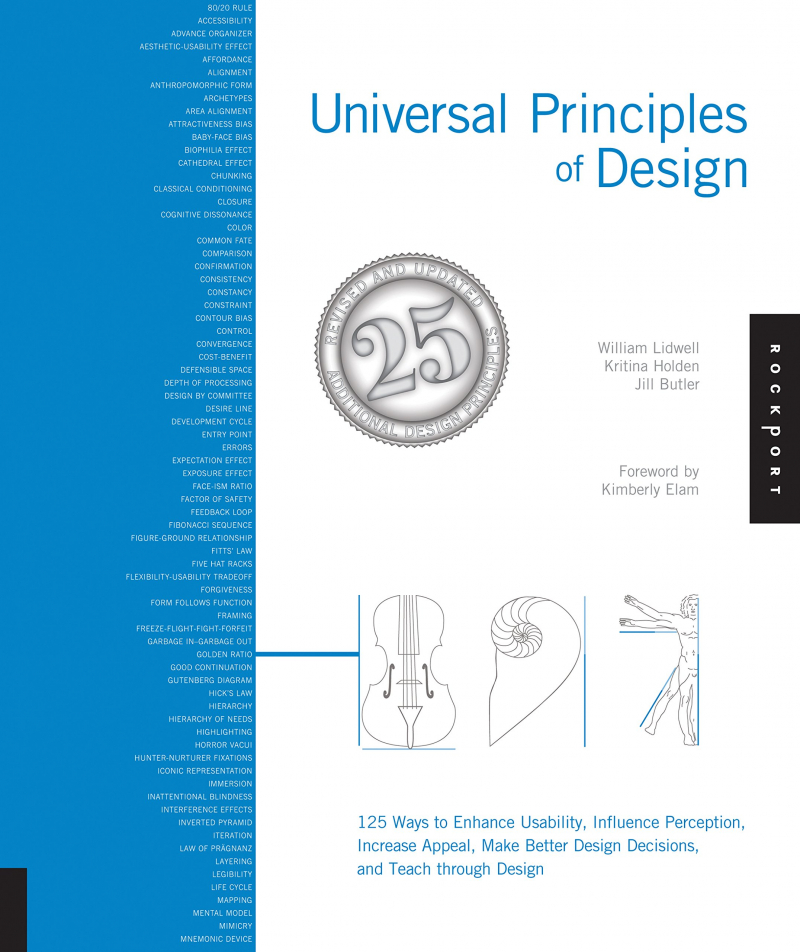
Photo: amazon.ca Video: Flux Academy -
Authors Russ Unger and Carolyn Chandler revised the first edition in response to reader feedback and new advancements in the field. Considerations for mobile and gestural design, Lean UX, content strategy, and design principles are just a few of the many new subjects covered in this second edition.
A Project Guide to UX Design: For user experience designers in the field or in the making is a hands-on guide that introduces UX Design at each level of a project. It contains a wealth of specific information on how a UX Designer fits into the workplace, the many tasks that flow for both you and your coworkers, how to gather business requirements, do user research, design and test prototypes, and much more. Although this book focuses on web-based experiences, many of the techniques can be applied to other interfaces as well.
Authors Russ Unger and Carolyn Chandler demonstrate how to incorporate UX ideas into your project from beginning to end. After reading the book, you will be able to identify stakeholders and enlist their support, define the scope of your project and avoid mission creep, obtain team consensus on project objectives, conduct user research and document your findings, design and prototype your application or site, understand and communicate user behavior with personas, and make your product findable through search engine optimization, and plan for development.
Authors: Russ Unger and Carolyn Chandler
Link to buy: https://www.amazon.com/Project-Guide-Design-Experience-Designers/dp/0321607376
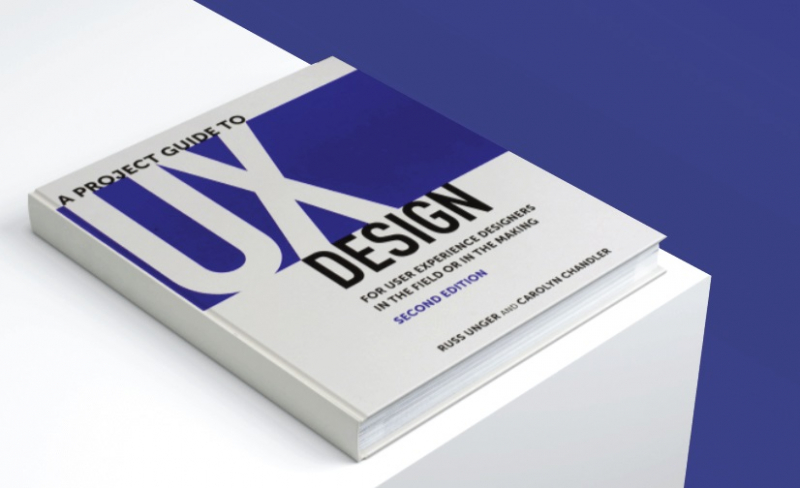
Photo: htmlburger.com 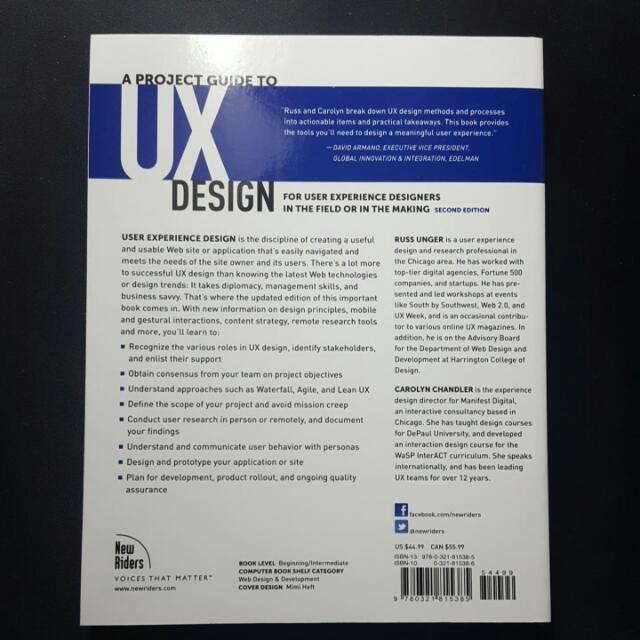
Video: carousell.sg -
Laura fell in love with technology over 20 years ago when she attended her first user research session. She has since worked in Silicon Valley as an engineer, UX designer, and product manager for organizations of different sizes. Build Better Products (Rosenfeld Media, 2016) and UX for Lean Startups (O'Reilly Media, 2013) are two of her publications that help teams understand more about their users and apply that information to create products that people use and love. She works with early-stage startups and enterprises looking to enhance their research, UX, and product development processes. She has a deep and lasting love of business jargon, and her greatest ambition is to facilitate synergy or synergize facilitation someday.
Build Better Products: A Modern Approach to Building Successful User-Centered Products is a step-by-step manual that assists teams in incorporating strategy, empathy, design, and analytics into their development process. You'll discover how to create goods and features that boost your company's bottom line while vastly increasing the consumer experience.
Product engineering may not be your area of expertise as an expert UX designer. You could be working on various aspects of user experience but have no experience actually building a product. Because it has the power to inspire you to pursue new interests or simply execute your job better and more mindfully.
Author: Laura Klein
Link to buy: https://www.amazon.com/Build-Better-Products-Successful-User-Centered/dp/1933820586

Photo: fado.vn · In stock Video: #ModernAgileShow -
The Lean UX method of interface design was created specifically for today's web-driven realities. Leading advocate Jeff Gothelf shows you key Lean UX principles, methods, and procedures from the bottom up in this enlightening book (how to quickly experiment with design ideas), validate them with real users, and constantly alter your design depending on what you discover.
Lean UX: Applying Lean Principles to Improve User Experience, which is inspired by Lean and Agile development methods, allows you to focus on the actual experience being built rather than deliverables. This book teaches you how to work closely with other members of the product team and solicit input early and frequently. You'll discover how to drive design in short, iterative cycles to determine what works best for the business and the user. Lean UX demonstrates how to effect this shift for the better.
After reading this book, you will be able to: frame a vision of the problem you're solving and focus your team on the right outcomes; share your insights with your team much earlier in the process; incorporate the voice of the customer throughout the project cycle; bring the designers' toolkit to the rest of your product team; create Minimum Viable Products to determine which ideas are valid, and understand the organizational shifts required to integrate Lean UX and make your team more agile. mix Lean UX with the Scrum framework of Agile.
Lean UX was named the best book of the year by Dr. Dobb's Journal in 2013. The publication's judging team selected five noteworthy books published over the 12-month period ending June 30 that every serious programmer should read.
Authors: Jeff Gothelf andJosh Seiden
Link to buy: https://www.amazon.com/Lean-UX-Applying-Principles-Experience/dp/1449311652
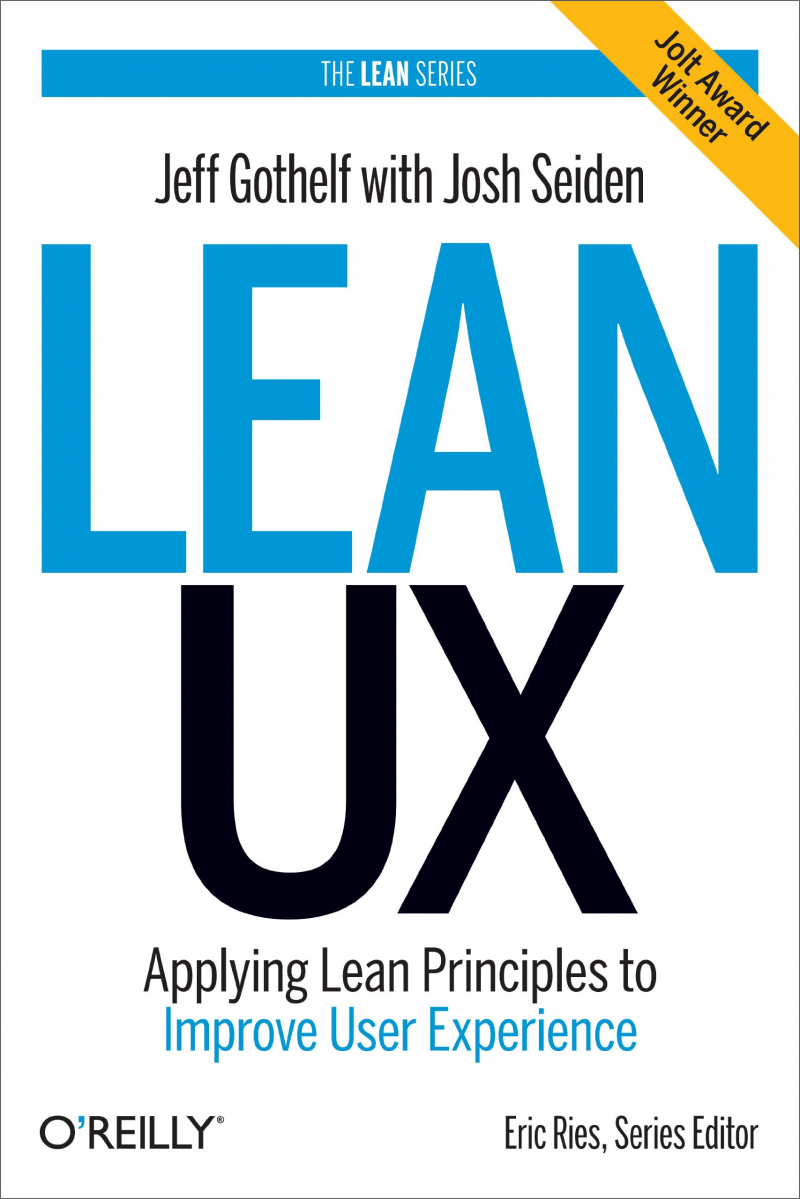
Photo: amazon.co.uk Video: Dan Olsen












